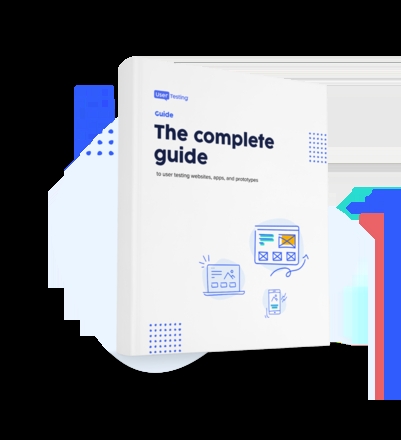
How to design the same product for two different personas

There are many products that appeal to multiple ages, genders, and backgrounds, but what about the same product that will be used by two vastly different target markets and deliver a distinct user experience to both? We took to our UX community on Twitter to ask their thoughts on the subject.
This conversation was hosted by Cyril Rouhana, Senior UI/UX designer, product designer and team lead at Label Engine. We’ll get to our UX community’s own comments about the ‘one product, two users’ problem soon, but first, let’s get a few important questions out of the way for newbies.
For a start, you’re going to be hearing an awful lot about personas…
What is a persona?
Personas are a way to help organizations understand their potential and existing audience in a more personal way.
In essence, personas are detailed profiles of a particular audience member, who represents a distinct group of people – in that they share similar behavior, attitudes, personalities and preferences of your product, but are the ‘figurehead’ for a larger demographic.
For instance, you might have a persona called ‘Meryl’ who represents the intimidatingly talented, Oscar-winning actor demographic who annually visits your award-polishing business’s website every February or March.
Personas are constructed by researching and interviewing real people to gain qualitative data, and this information often shapes how a marketing team will develop their messaging around the product. There are also ways to use quantitative data, such as user persona Google analytics. However, before any of this happens, personas can also help design teams build a product that is usable for all potential users. This can be achieved by developing various types of user experience maps and wireflows so any conceivable journey involving your product can be mapped out, studied and improved.
Of course where things get tricky is when, inevitably, you discover that it’s not just ‘Meryl’ using your award-polishing service, but ‘Leonardo’ too – who up until a couple of years ago just visited your website every couple of weeks, wistfully looked up how much the ‘Academy Award buffing’ service cost, dwelt for 10-15 minutes then left without purchase.
How do you build a satisfying and usable product for both these vastly different personas?
I’m glad you asked…
Same product, two different personas: where do you start?
To reiterate the above, our host points out the importance of identifying your personas first.


If we’ve worked out how the two personas are different, next we need to think about the best approach when it comes to serving them. Karen Bachmann believes that appealing to the persona with the highest need should take care of all other personas…


If you don’t believe in the theory that if you excel at delivering the perfect product to your high need category, then all others will be satisfied, you could instead offer the ‘average’ experience – trying to please as many people as possible.



But of course, creating the same product for multiple personas may inevitably be an impossible task. And if it really is that difficult, what is the priority?


Which brings us to an important consideration. How do you balance business goals with UX?

Stumbling blocks
What’s stopping you from building a usable product for multiple personas? Ah, the classics… lack of resource, lack of buy in from stakeholders and the unpredictable winds of user research.


But our experts believe there are ways to find early stumbling blocks and learning from them. Especially if you’re keen to ‘fess up and are keenly aware of the problems with HiPPOs.


Agreed.
How do you validate your approach for the two user personas you have?
Testing. It always comes back to user testing. As it should.


Thanks so much for everyone who took part in #UXchat this week. Please follow us and tune into Twitter every Thursday at 4pm for more insightful UX based discussion.
Main image by Diana Feil, the horses are by Claire Nolan.

Get started with experience research
Everything you need to know to effectively plan, conduct, and analyze remote experience research.





